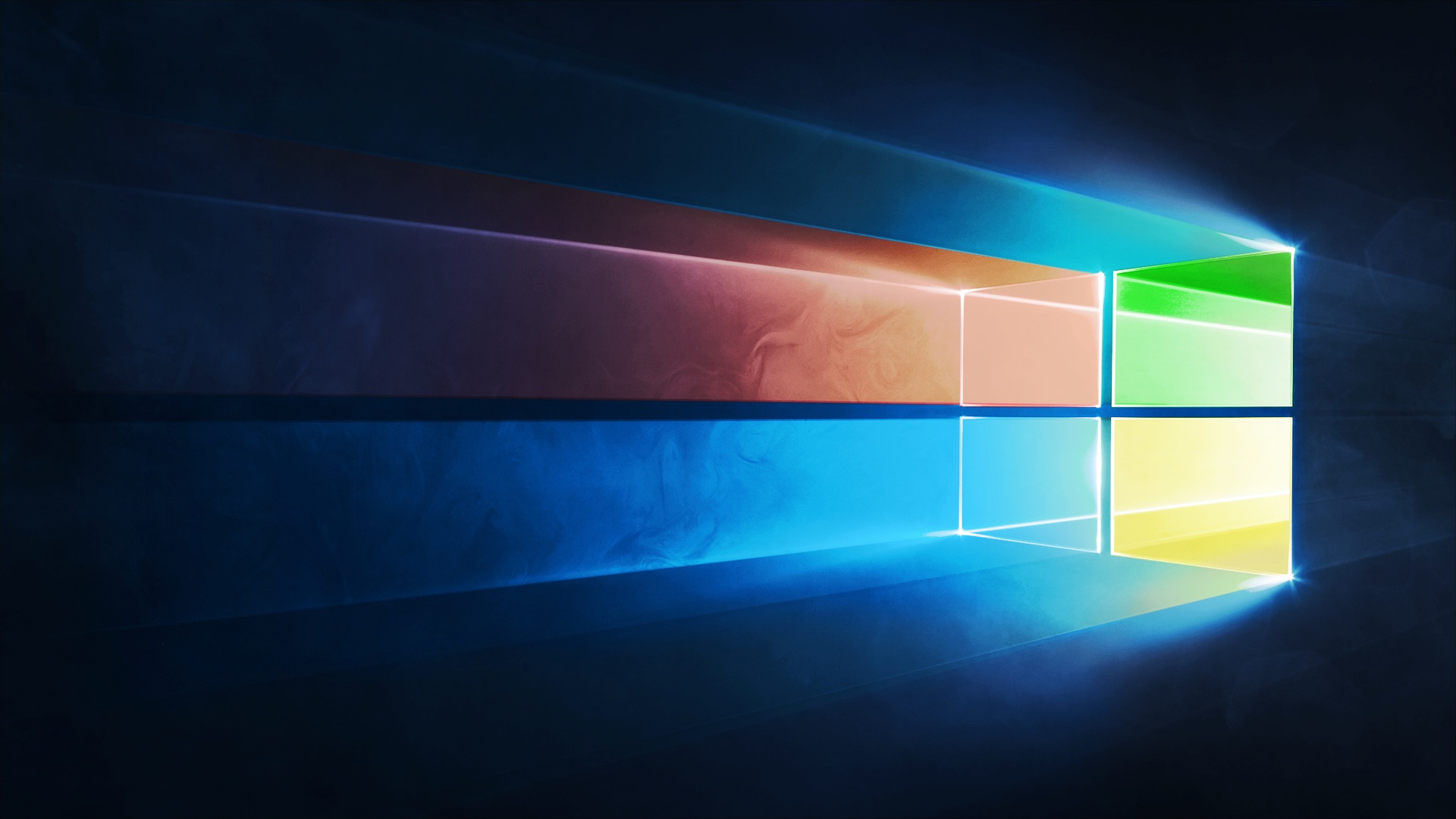Faster, Slower, Better?
After watching near-identical results pour in on most tests, from application to encoding, to storage and gaming, it's hard to read too much into results as there are many variables we can't control.
The same hardware that currently runs Windows 7 competently can be upgraded to Windows 10 with no issues whatsoever on the performance front.
We can ensure that the operating systems were evaluated using the exact same hardware, benchmarking software and methodology. However, we can't ensure that something such as GPU drivers didn't cause variations in performance. Moreover, technologies such Intel's Turbo boost feature can impact the accuracy of the results, though we generally run all tests at least three times, taking the average from multiple runs.
The short version of this conclusion is that a properly set up Windows machine equipped with semi-modern hardware should be capable of running Windows 7 or above more than adequately. The same hardware that currently runs Windows 7 competently can be upgraded to Windows 10 with no issues whatsoever on the performance front.
It used to be the case a few generations back that a new Windows release would need time to be at least on par with the performance of its predecessor. Possibly the most extreme example I can recall was the move from Windows XP to Windows Vista. Though that was partly due to immature drivers on the all-new platform, Vista was a resource hog, too.
We wouldn't be surprised if certain aspects of Windows 10's performance are improved over the coming months and into next year, but most importantly today, you can feel free to upgrade and know you won't be sacrificing performance in the process.
There are going to be future performance benefits of Windows 10 that we can't measure yet, and even once we can, we won't be able to compare the changes with previous operating systems – DirectX 12 gaming, for example, will only be supported by Windows 10 and later.
On that subject, 3DMark features a DX12 API Overhead test but this is only useful for comparing different hardware as there isn't a DX11 version and it can only be run using Windows 10.
There are going to be future performance benefits of Windows 10 that we can't measure yet, and even once we can, we won't be able to compare the changes with previous operating systems – DirectX 12 gaming, for example...
Benchmarks aside, Windows 10 appears to be a solid operating system, though my experience hasn't been quirk-free on the seven systems I have running Windows 10 (six of which have been upgraded from 8.1). The upgrade process is shockingly quick and easy. One of the systems I upgraded for example has well over 1TB worth of applications installed and it went smoothly all around regardless.
There have been a few minor issues so far. I haven't looked into this yet, but my photo and media libraries with thousands of items take a long time to load in Windows 10, whereas they loaded instantly before the upgrade from 8.1. Clearly a bug waiting to be fixed.
On the gaming front, I found strange input lag in StarCraft II. It wasn't hugely noticeable but scrolling and commands took slightly longer than they did in Windows 8.1, just enough that in a competitive game it felt sluggish.
After a quick Google search I found a number of users complaining about the same thing and all sources blamed Windows 10's Xbox application which is built into the OS and cannot be removed via conventional methods.
Despite never running this app or having an Xbox account to actually use it, it appears this was my problem. Fortunately, there's a Powershell command to disable the Xbox app and doing so eliminated the lag, allowing StarCraft II to play like it did on Windows 8.1. It was a disappointing discovery, but I'm glad it was relatively easy to overcome with some help from the Internet.
Read next: Windows 10, the TechSpot Review
Image credit: Colored Windows 10 wallpaper mod by ArRoW-4-U


